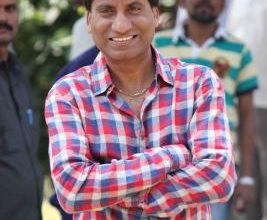Deepika ignores Ranveer at an event, fans say ‘something is off’

Bollywood actress Deepika Padukone recently attended an event along with her father, legendary Indian Badminton player Prakash Padukone and her husband, Ranveer Singh. While the star couple looked dazzling, a video has surfaced which has sent concerned fans into a tizzy.
Deepika and Ranveer accompanied Prakash Padukone for the Indian Sports Honours event recently. As they stepped in front of the shutterbugs, Ranveer extended his arm to hold Deepika’s hand. However, Deepika completely ignored him and went on to hold her saree.
Watch it below:
View this post on Instagram
This, however, has not gone down well with fans. Their fans took to the comments section and wrote: “Deepika gusse mai hai. Usne hath nahi pakda (Deepika seems angry. She did not hold his hand).”
Another user joked over Ranveer’s eccentric sartorial choices as they wrote: “Deepika couldn’t recognise him in the normal clothes (sic).”
Some of their fans also defended them. “People she might not be angry, she is a different personality and an individual in her own right, why does she need to hold the hand of a man and be displayed as a trophy always,” asked a fan. “She’s just trying to manage her outfit. And he’s being a gentleman about it,” commented another.






